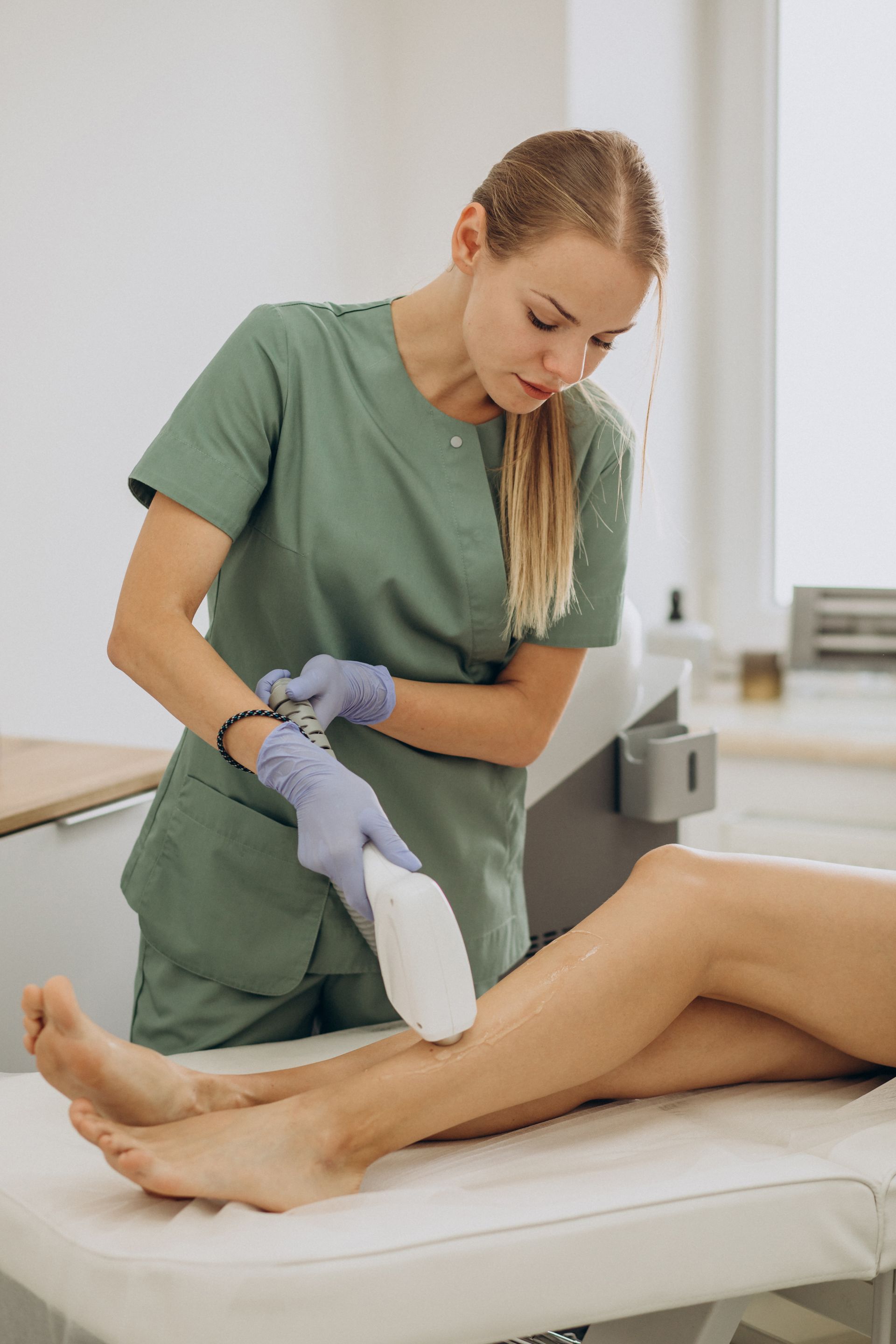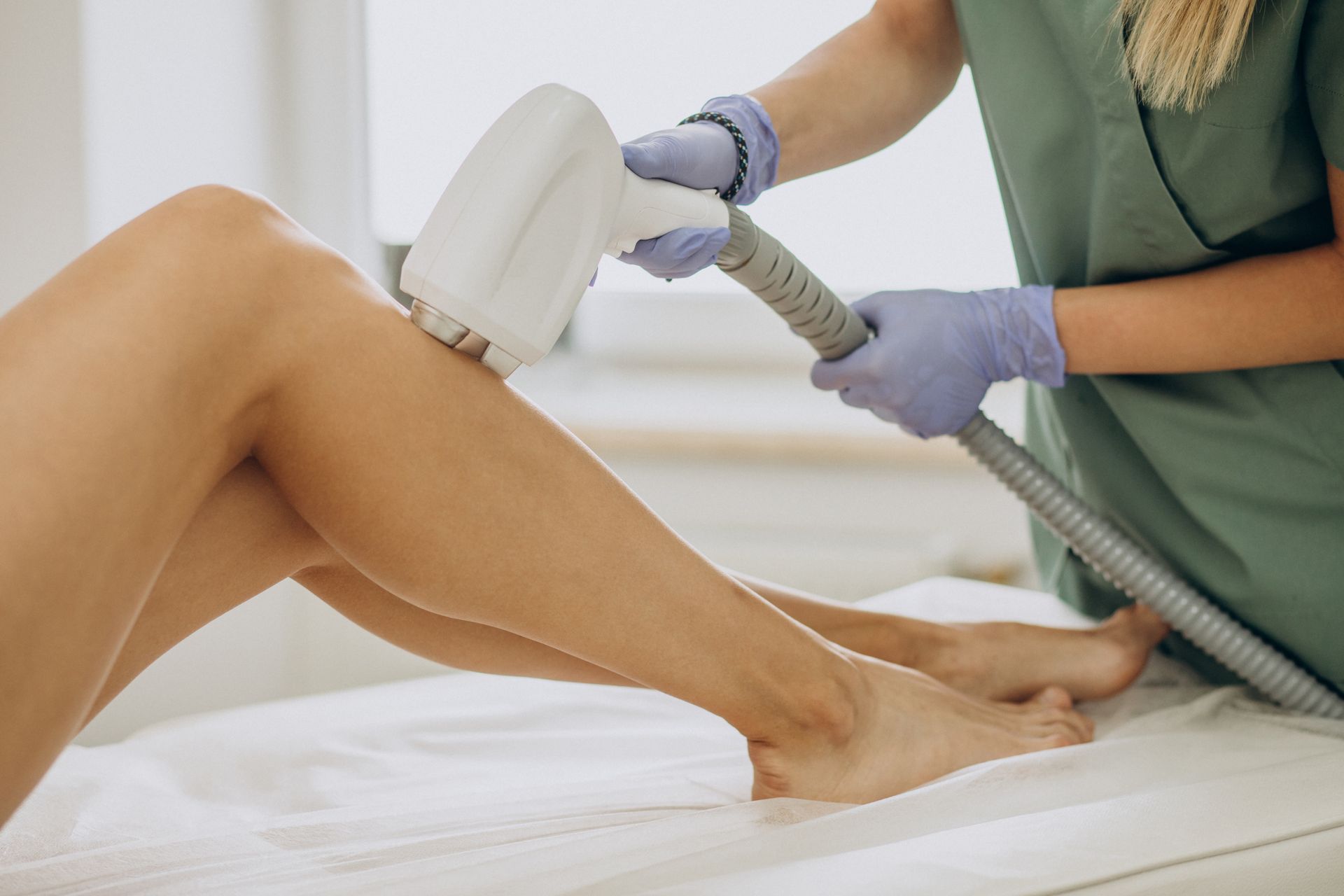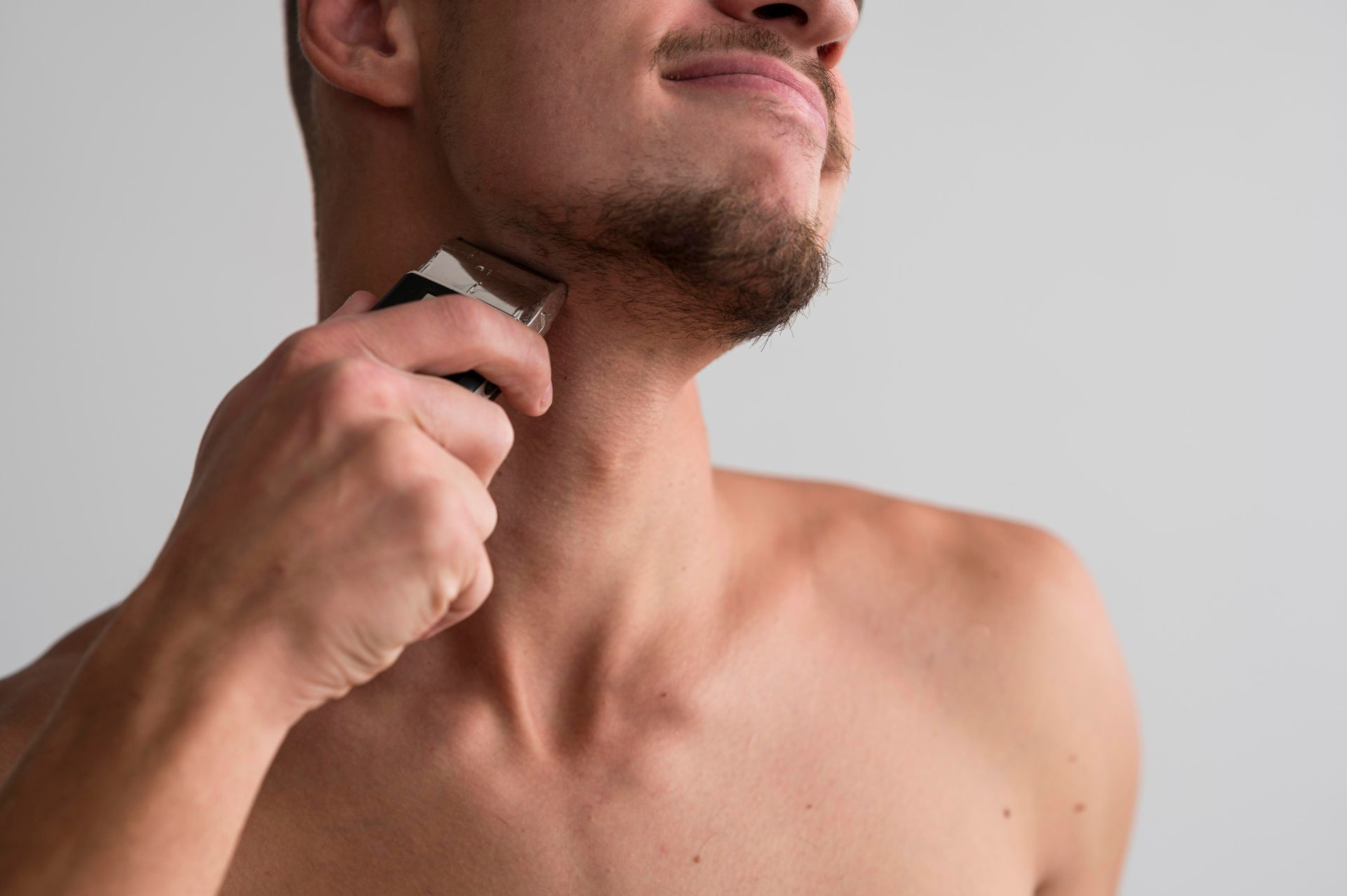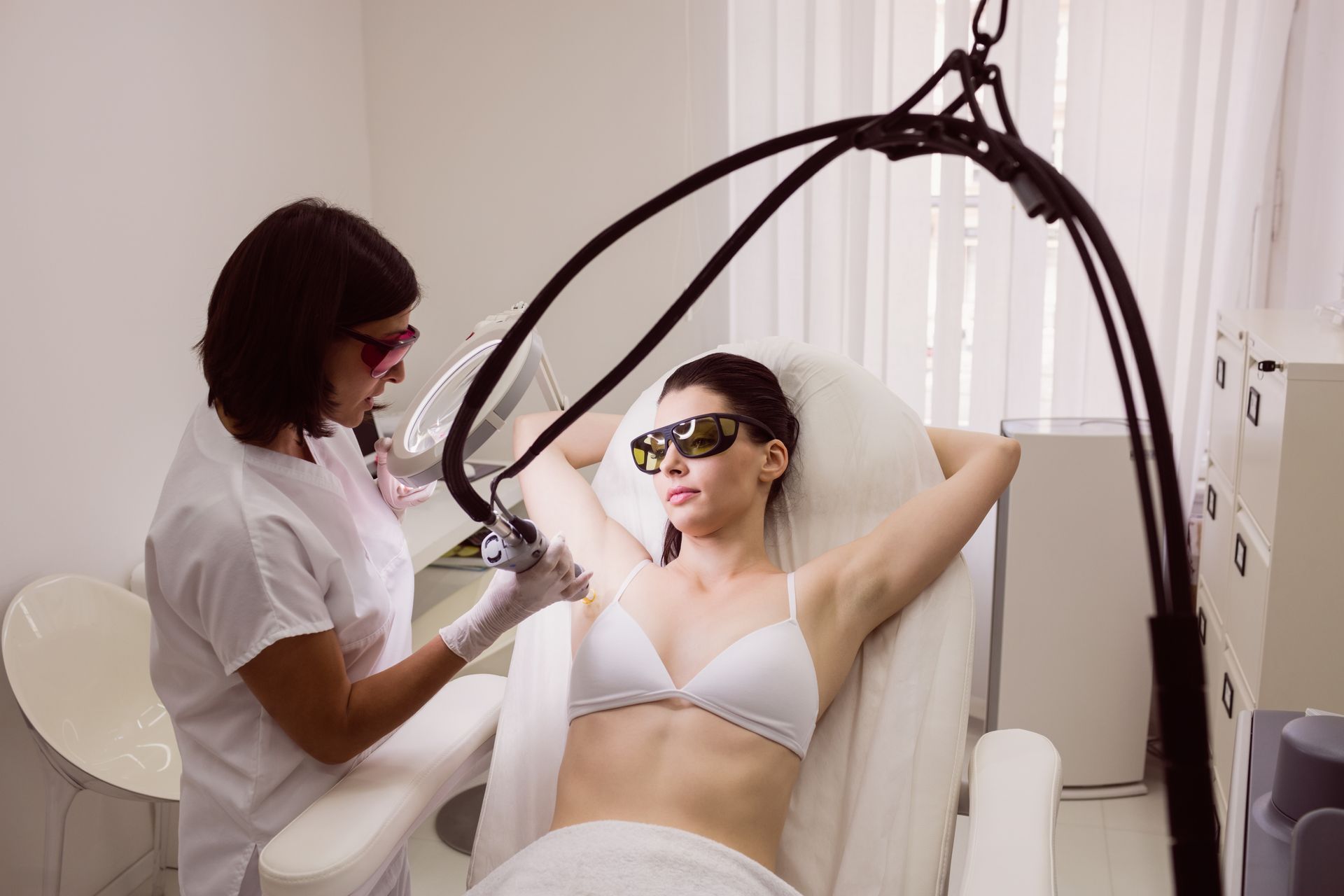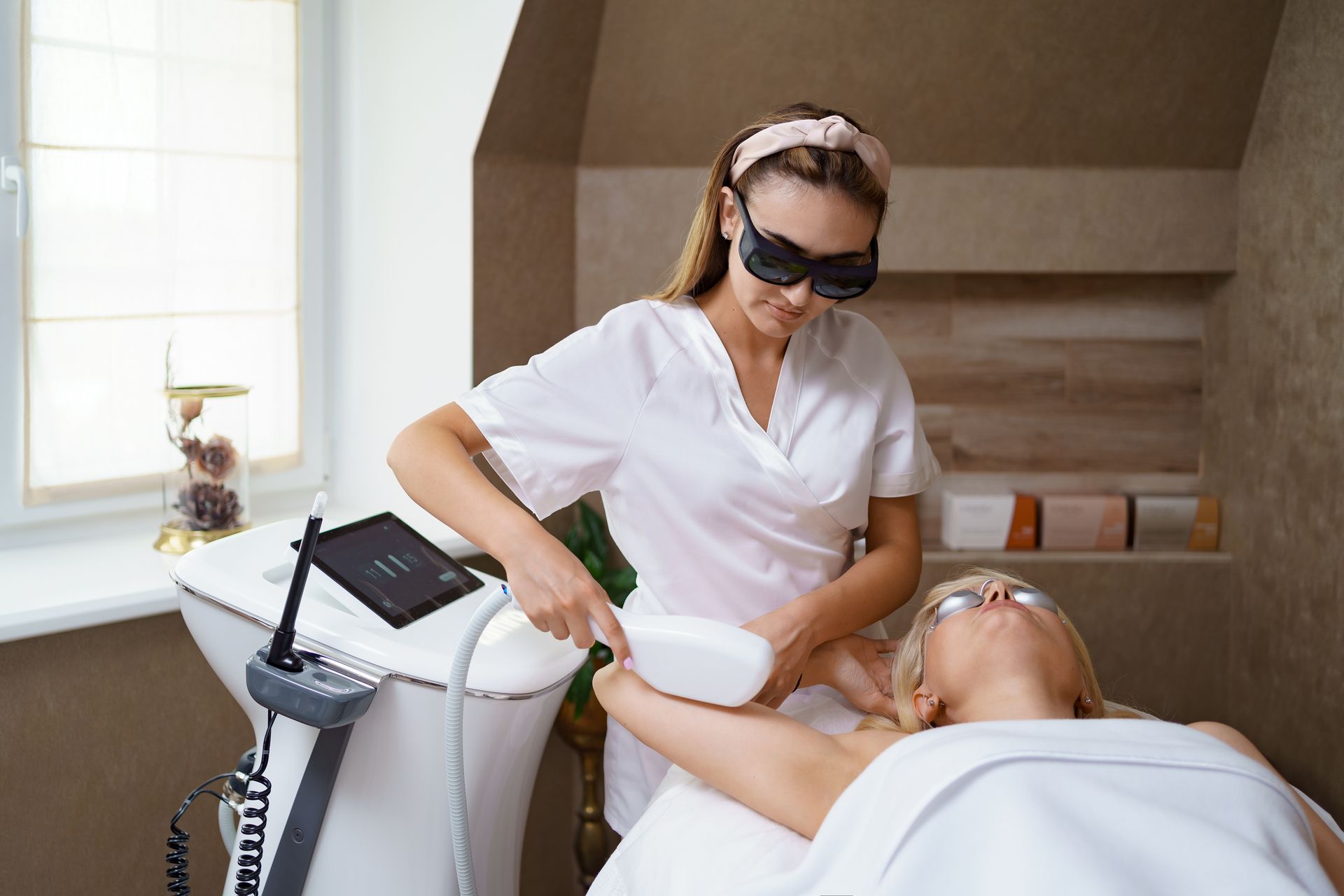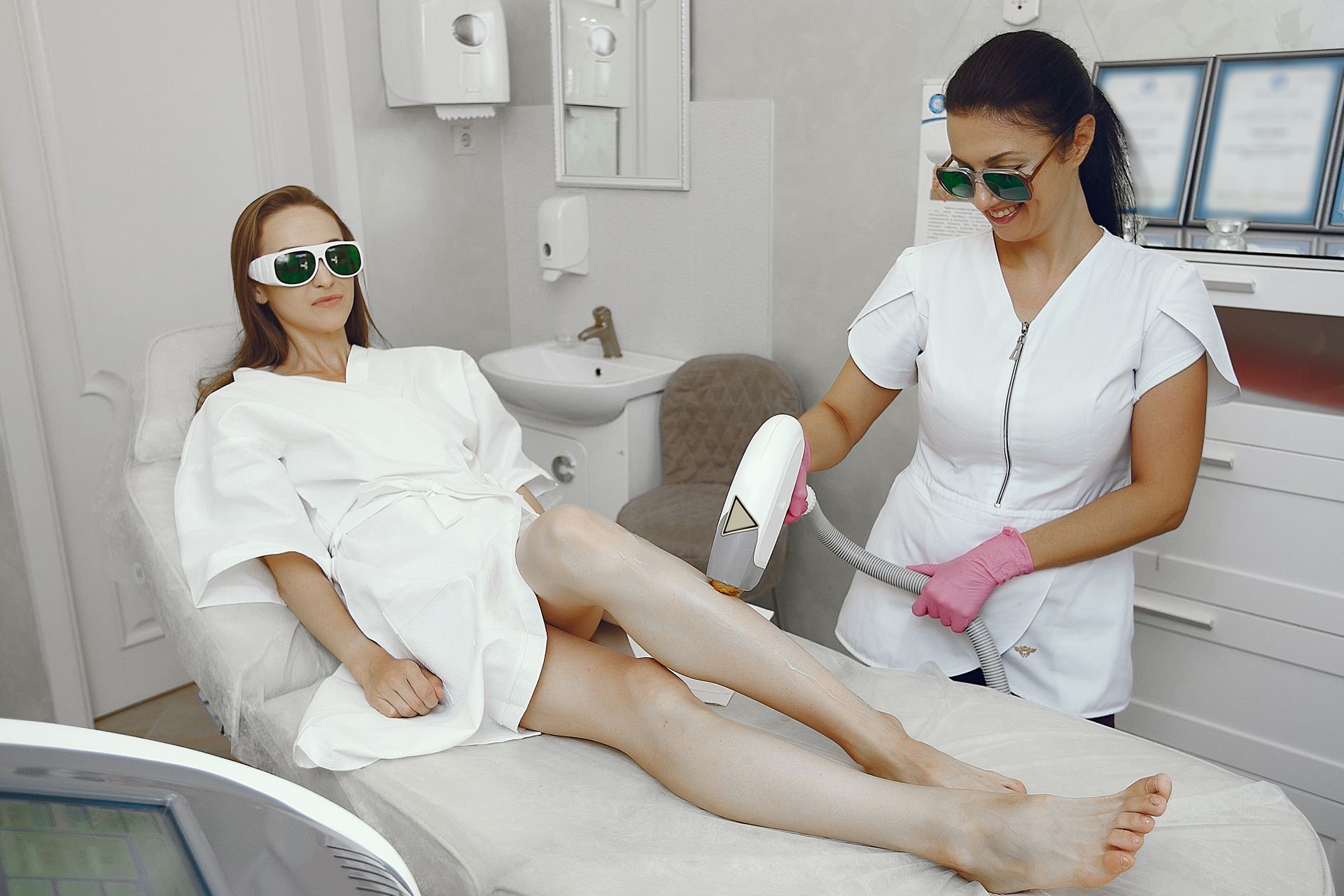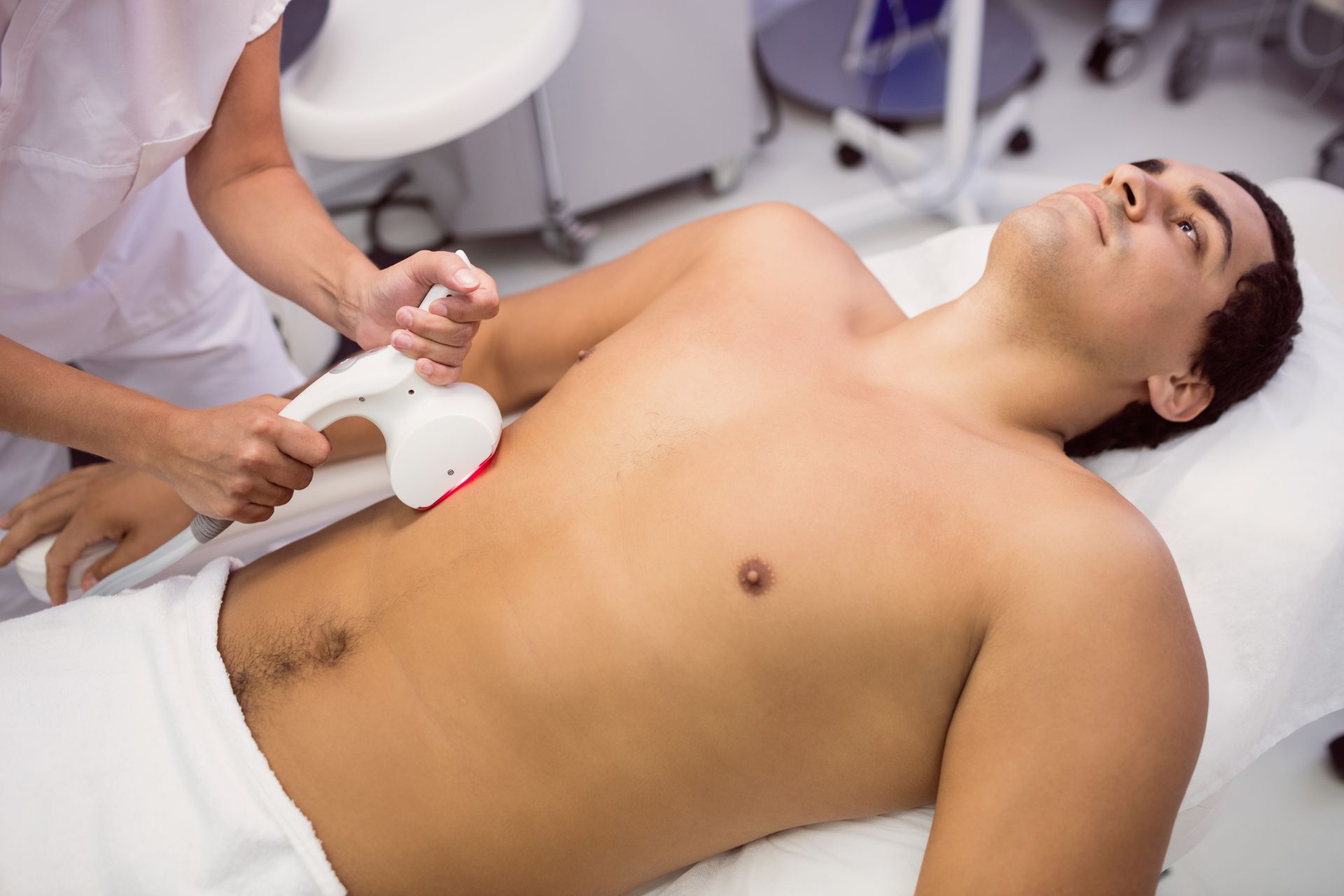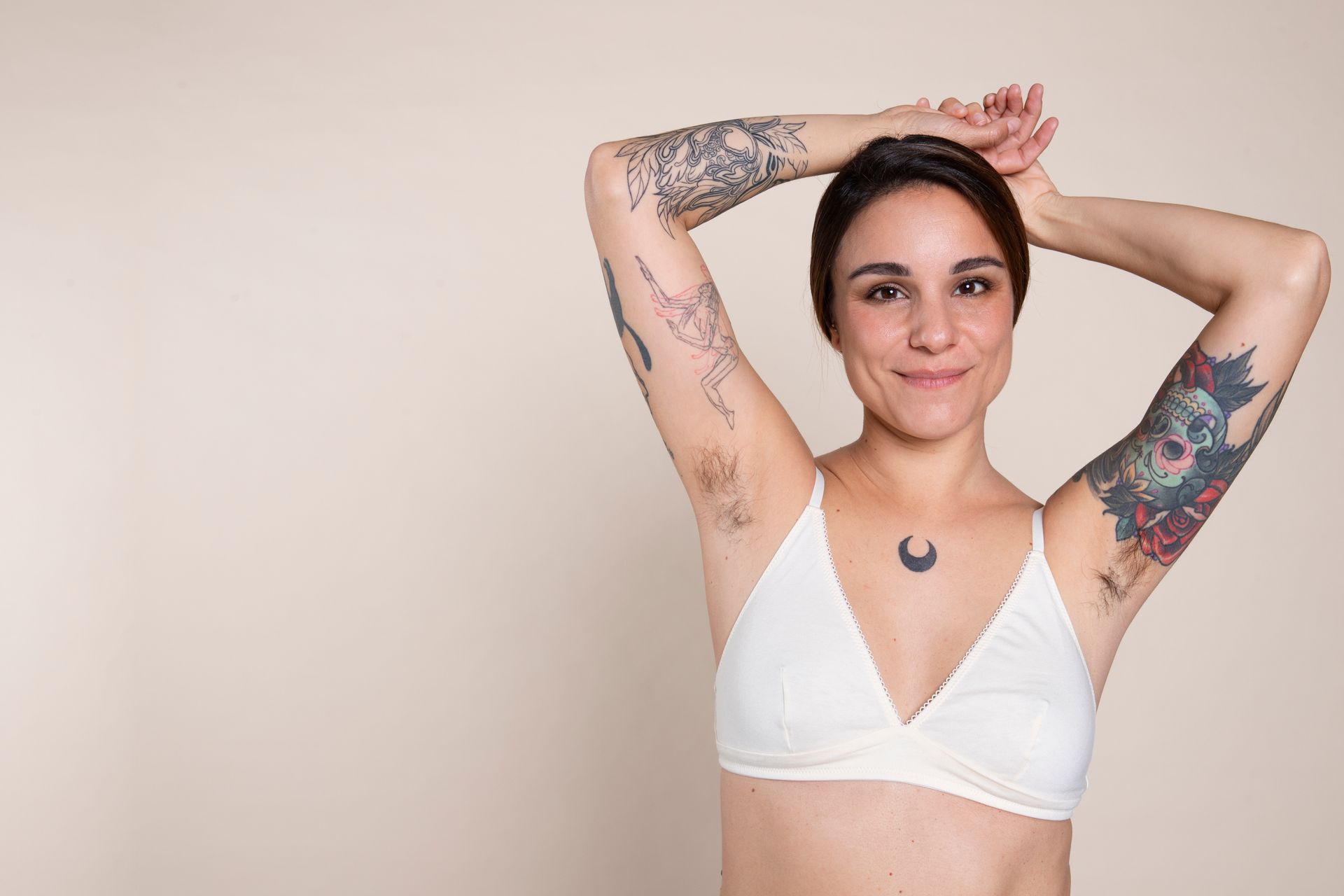What’s the Difference Between Bikini Line, Bikini Full, and Brazilian Laser?
When booking a laser hair removal session, the variety of bikini treatment options can feel confusing. Terms like “bikini line,” “bikini full,” and “Brazilian laser” are often used interchangeably, but they actually refer to very different levels of coverage and results. Knowing the difference helps you choose the treatment that matches your personal comfort, style, and maintenance goals.
This guide breaks down each option in detail, explains what’s included, covers pain levels, aftercare, and cost differences—so you know exactly what to expect.
Does Bikini Laser Hair Removal Include the Buttocks?
Why Are There Different Bikini Laser Options?
Hair removal is personal, and preferences vary from person to person. Some people want only a neat clean-up for a natural look, while others prefer a completely hair-free style. Salons and clinics offer different packages to match these needs, and that’s why the terminology matters.
Bikini Line Laser
The bikini line is the most basic option. It focuses only on removing hair that grows outside of your underwear or swimsuit line.
What it includes:
- Sides of the bikini line (outer edges where hair can peek out)
- Sometimes the top area near the waistband if requested
- Everything else inside the underwear area is left natural
Best for:
- Those who want a tidy, natural look
- First-timers who may feel hesitant about going completely bare
- Minimal upkeep with reduced shaving and waxing
Pain level: Mild. Since only the edges are treated, discomfort is lower compared to more sensitive zones.
Cost: Generally the cheapest of the three options.
Bikini Full Laser
A step up from the bikini line, bikini full laser goes deeper inside the underwear line, giving a more defined look.
What it includes:
- Sides of the bikini line
- Top of the bikini area (removes hair that may grow above the underwear line)
- Extended hair inside the bikini area, but not the labia or back
Best for:
- Those who want more control over shaping
- A cleaner look that still keeps some hair if preferred
- People who like a balance between neatness and coverage
Pain level: Moderate. The treatment area is larger, covering more sensitive zones than bikini line.
Cost: Mid-range, since it includes more area but doesn’t go as far as Brazilian.
Brazilian Laser
Brazilian laser is the most comprehensive option, leaving you completely smooth if you want.
What it includes:
- Entire front of the bikini area
- Labia
- Perianal area (buttocks crease)
- Option to leave a strip or triangle if desired
Best for:
- People who want a completely hair-free look
- Swimmers, athletes, or anyone who wants zero maintenance
- Those tired of waxing ingrown-prone zones
Pain level: Moderate to high. The labia and perianal areas are more sensitive, though laser machines with cooling technology make the process tolerable.
Cost: Usually the most expensive since it covers the largest area
Which One Should You Choose?
- If you’re new: Start with bikini line. It’s less intimidating and gives you a sense of how your skin reacts.
- If you like flexibility: Bikini full is a middle ground—cleaner than bikini line but not as bare as Brazilian.
- If you want zero maintenance: Brazilian is the way to go.
How Many Sessions Are Needed?
Laser hair removal requires multiple sessions for long-lasting results. On average:
- Bikini line: 6–8 sessions
- Bikini full: 6–8 sessions
- Brazilian: 8–10 sessions (since the hair is coarser and denser)
Maintenance sessions may be required once or twice a year depending on your hair growth cycle.
Myths About Bikini Laser Treatments
Myth 1:
Laser hair removal makes the skin darker
In reality, modern lasers are designed to target hair follicles, not skin. If done properly, they don’t cause darkening. In fact, they may help reduce pigmentation caused by shaving and ingrown hairs.
Myth 2: Brazilian laser is unsafe for sensitive areas
Professional clinics use FDA-approved devices that are safe for all bikini areas when handled by trained technicians.
Myth 3: One session is enough
Hair grows in cycles, and multiple sessions are needed to catch all active follicles.
Aftercare Tips for All Bikini Laser Treatments
- Avoid hot showers, saunas, and swimming for 24–48 hours
- Skip scrubbing, waxing, or plucking treated areas
- Use a soothing aloe vera or recommended cream
- Apply sunscreen if skin will be exposed to sunlight
Final Thoughts
The difference between bikini line, bikini full, and Brazilian laser comes down to how much hair you want removed. Bikini line is for minimal clean-up, bikini full is for a more polished look, and Brazilian is for a completely smooth finish. Choosing the right one depends on your lifestyle, comfort level, and personal preference.
Laser hair removal in the bikini area can be a game-changer, giving you long-lasting smoothness, freedom from ingrowns, and confidence year-round.
BOOK YOUR FREE SESSION
